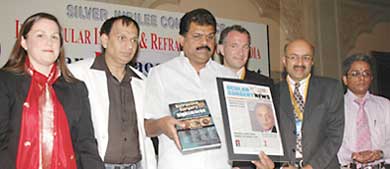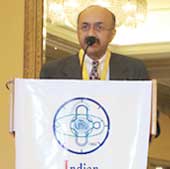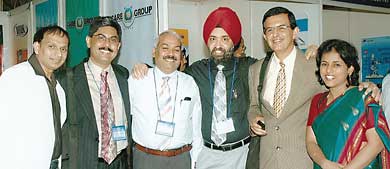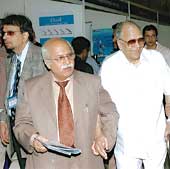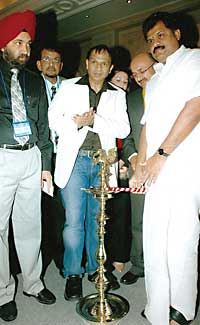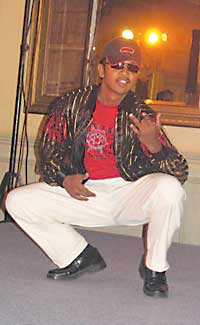President of IIIRS prides himself on current success, future goals

The recent Silver Jubilee meeting of the Indian Intraocular Implant and Refractive Surgery Society highlighted the society’s innovative faculty and research while looking toward the future.
Dipan Desai, MS, FSVH, incoming president of the society, discussed the current state of Indian ophthalmology and the goals he has for the upcoming year.
“The world is now a global village, and my vision for the society is global vision,” he said. “For global vision we need to raise the profile of our society from outside and from within.”
By making members of the All India Ophthalmology Society also members of the Indian Intraocular Implant and Refractive Surgery Society (IIIRS), he said the society would build from within. By aligning itself with countries in the Middle East and Southeast Asia, as well as other societies such as the American Society of Cataract and Refractive Surgery and the European Society of Cataract and Refractive Surgeons, the society would build itself internationally.
Within India, Dr. Desai said, “We should not allow a single person to die blind.”
He said if each member of IIIRS contributed 50 surgeries per year, they could collectively clear 4 lakhs off their cataract backlog every year. To be truly successful, Dr. Desai said they must devise a central reporting system easily accessed by everyone.
|
|
|
|
Images: Courtesy of Agarwal A. and OSN Staff |
|
“If we start this, we can do a lot more,” he said. “Technology and science have opened up new frontiers of eye care.”
Phacoemulsification power modulation, fluidics, multifocal and light adjustable IOLs are shaping ophthalmology, Dr. Desai said, and in the recent past, the specialty itself has garnered respect from the Indian medical community.
To maintain that level of respect, he said the society members must offer expertise, develop new strategies and continually update their skills.
“That is our primary job,” Dr. Desai said. “We must ensure that our patients receive the optimum state-of-the-art eye care. If we can do that, everything else will follow it.”
Thiru G.K. Vasan, honorable union minister for statistics and program implementation, also spoke to the audience about the ongoing efforts of the government, in conjunction with ophthalmologists, to treat India’s blind population.
“When we close our eyes for a minute, we can realize what blindness is,” Mr. Vasan said. “The service that is curing blindness, I proudly say, is a noble service, and I respect and thank all the doctors for your valued service.”
|
|
|
A note from the editors:To facilitate bringing news to readers rapidly, for OSN SuperSite articles and meeting wrap-up articles, OSN departs from its editorial policy and typically does not send these items out for source corrections.
For more in-depth coverage of IIIRS, please see page 10 in the Ocular Surgery News Europe/Asia-Pacific Edition.

